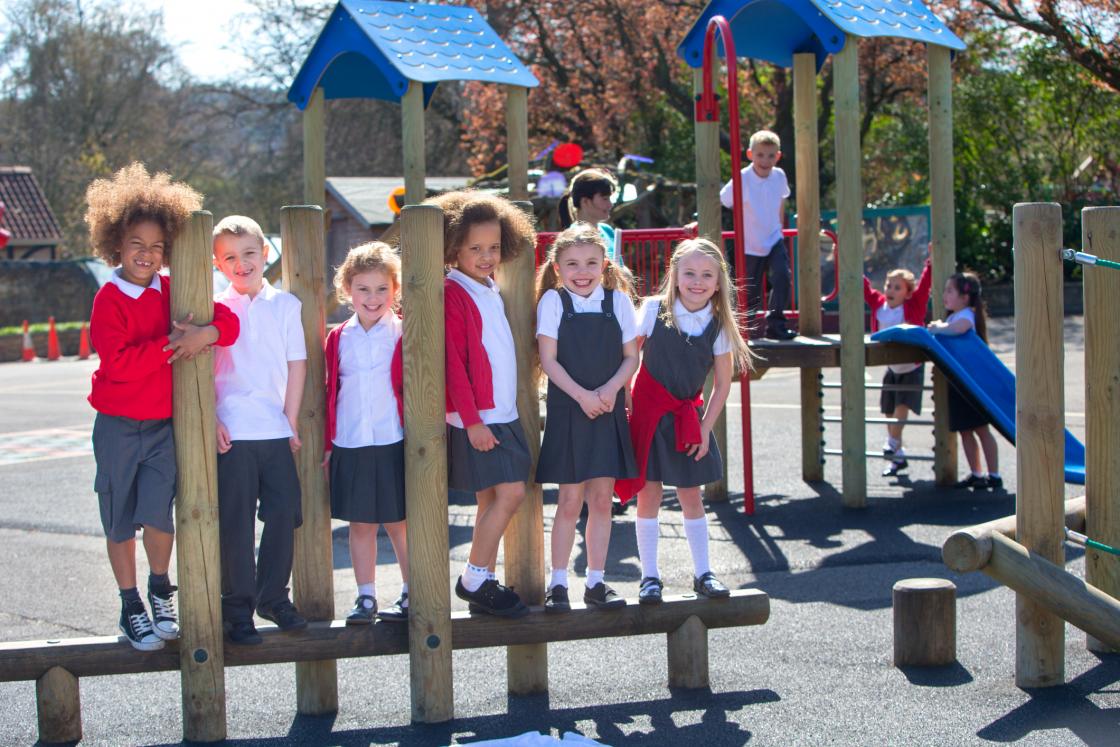Insight
Supporting ever-increasing admission rates with the best designed schools

Date Published
09/03/2021
Reading time
5 minutes
Pupil numbers are rising and, with them, the need to provide enough school places to meet the demand.
According to the Department for Education (DfE), there was a net increase of 33,000 primary places and 49,000 secondary places between 2018 and 2019. Local authority forecasts predict that these numbers will continue to rise, with an estimated 53,000 primary places and 77,000 secondary places needed across England to meet demand predicted for the 2023 / 2024 academic year alone.
The challenge is meeting this demand practically, effectively and with the right quality of school places.
It’s local authorities’ responsibility to provide enough school places for local children.
This could involve building a new school or adding a block or extension to an existing one, and this additional space will generally have to be built quickly and cost-effectively without compromising on quality.
Ultimately, councils must provide cost-effective, high quality schools quickly, while complying with all the statutory regulations and guidance for building schools.
And that’s not all. There’s no one-size-fits-all solution to this, because of the mixed picture of demand across the UK and because no two school sites are the same or have exactly the same circumstances. Space is limited in congested urban areas, making some new school builds or extensions physically impossible, while the cost of building or a lack of funding can hamper development elsewhere. Some schools are more popular than others, leading to a shortage of places at these schools but a surplus at others.
And once you start building, there’s a lot to consider. You may need to review your IT infrastructure, bring in extra resources, hire new staff or improve your general facilities, especially your services infrastructure. And if the local population rates start to flatten out or decrease, you’ll be left with surplus space and extra resources that may not be sustainable for very long.
Current legislation adds to these complexities. At the moment, councils can only make maintained schools expand, not academies. However, 77% of secondary schools and 27% of primary schools in England are academies and under no legal obligation to work with councils to find a solution to the problem.
One way that schools and local authorities can start to address this challenge is to reassess their existing space, to make sure it’s being used efficiently and effectively.
Keep in mind that, if you do have the extra space to build from scratch, a remodel or refurbishment could be a better option, because it’s an easier and more cost-effective way to accommodate extra pupils.
The current space in all schools was defined by guidance from central government: the DfE or the Education and Skills Funding Agency. So, the requirements for all spaces will have been correct when schools were originally built. But this changes over time. Minimum requirements for the size of spaces – be they classrooms, laboratories, offices or corridors – have changed and, in general, are much larger than they were before. The age of the building therefore creates a disparity between older and newer spaces of the same use and, when you’re looking to accommodate as many pupils as possible, these differences are critical.
So, reviewing your use of space in an older school against current DfE guidance can give you the opportunity to increase your classroom size.
It can also help to identify where the spaces in your school are the wrong size, or if they’re unsuitable for their intended function. Even small changes to your existing space can make a big difference, helping to make your school both modern and suited to your needs.
The benefits of reviewing your use of space:
- It gives you the opportunity to bring in experienced design and development professionals to assess all your school buildings
- It allows you to identify any shortfalls and surpluses in your accommodation against government guidance, and to assess their suitability and condition
- You’ll be able to draw up development proposals that will identify how you can address any shortfalls or use any extra space (new build, extension, remodelling and repurposing)
- It’ll give you a robust and strategic plan for developing your school’s buildings that can support bidding for funding from local or central government
- It allows you to reassess your existing spaces to see whether they can be made more efficient (especially specialist areas), or used by third parties to potentially make you some extra money
- It enables you to critically assess and redesign your space to improve how your pupils move around the school, minimising any time they lose through poor circulation and the remote location of toilets and social areas
- It will help you to identify the patterns of logical flow through your school. In primary, this is the flow of pupils from nursery to Year 6. In secondary, it’s where departments are positioned and how they interact with each other.
At Entrust, we offer a range of services that help you to make the most of your spaces. To find out more, visit Master Planning service or feel free to contact us.
Paul Dawson, Development Officer at Entrust
Make an Enquiry
Contact us to enquire about our servicesOr, call us on 0333 300 1900
